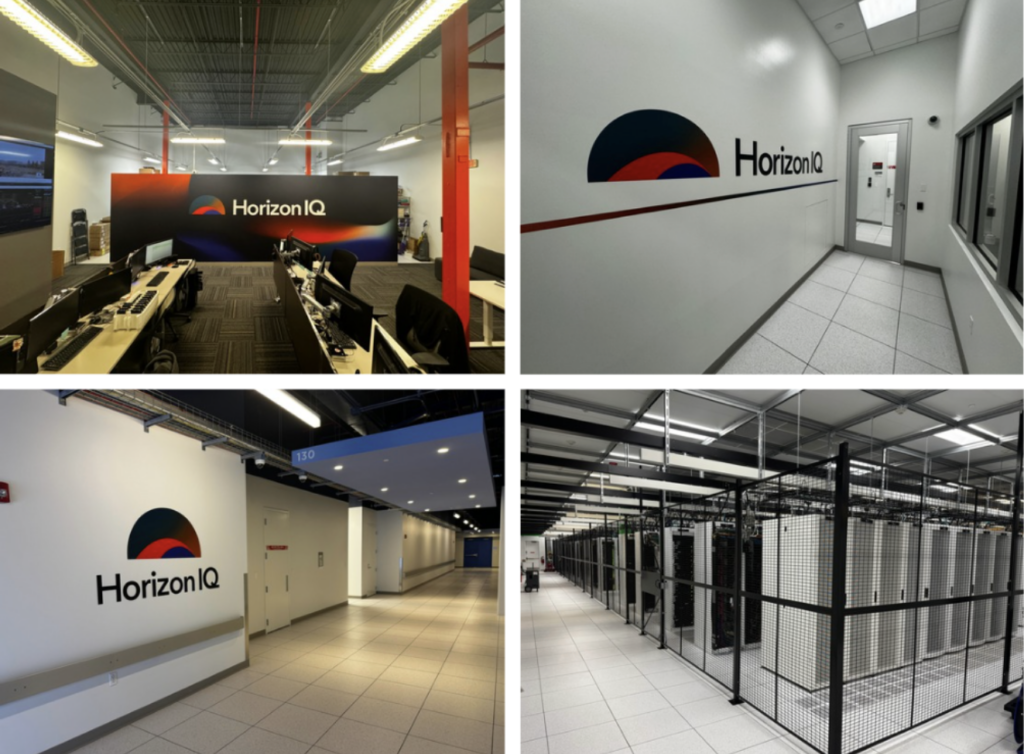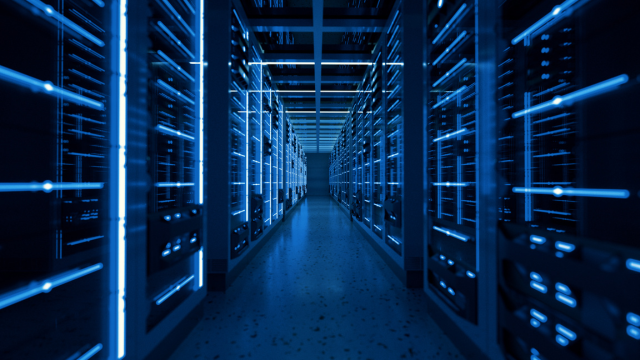
Colocation Pricing Guide: Power, Space and Key Questions to Ask Your Provider
Considering colocation as part of your infrastructure mix? Colocation pricing depends on your power and spacing needs as you shift all or some of your infrastructure off-premise and into a data center. That’s why we’ve put together our colo pricing guide to help you understand power, space, and the key questions to ask your provider to decide the best fit for your company.
If you’re looking at colocation as a solution for your company, you’re not alone. Migration of infrastructure to colocation facilities will continue full force for the next few years, according to a survey put out to 500 IT professionals. Why? Because most on-prem data centers can’t compare to Tier 3-design facilities.
The best colocation data centers offer high uptime, power efficiency, and redundancy, as well as improve the physical security of the infrastructure. With an enterprise colocation solution, companies also have access to greater networking capabilities and public cloud and/or other multi-platform solutions. This flexibility future-proofs your infrastructure for whatever needs may arise over time.
Find the optimal pricing structure for you to make the most of these benefits.

What Should You Know About Colocation Pricing?
Below, you’ll find the common types of billing for power, the spacing options you can choose from, and two examples of how power and space are billed together.
Start with Your Power Needs
There are four standard ways to bill for power. When you’re working with your colocation provider, ensure they’re gathering your current and future power needs to appropriately size the power circuits. With that information in hand, they should work to offer you the best deal and least costly solution.
1. Per Circuit (Flat Rate) Power Billing
The bill is a flat monthly fee per circuit provisioned for your solution and is the most common colo pricing structure. With this model, you have price predictability. You’ll pay the same amount whether you use five percent or 80 percent of your capacity. But be warned, there is no ability to burst above 80% of the delivered power without adding additional circuits.
2. Power Capacity kW (Allocated kW) Billing
In this model, you make a commitment to use a fixed amount of power (i.e.: 100kW), regardless of the electrical capacity of the circuits installed. Typically, you’ll see savings over flat rate model; however, the penalties for bursting above your committed rate can be quite steep.
3. Metered Power (Usage Based) Billing
Your bill will vary in this model. The monthly fee is based on actual usage and is determined on the present rate per kilowatt hour. Colocation providers typically only offer this pricing model on very large deployments and customers will still have to pay for space.
4. All In Space & Power
This is a simple calculation of the amount of space and power presented in a per kW number. It’s a very easy way for customers to compare pricing (assuming space and power delivered is equal). A con to this solution is that both the space and power are tied to a single rate per kW so there is a loss of flexibility. If you ever need to upgrade just the power, you’ll end up paying more for the same amount of space.
Explore Colocation Space Options
Colo space is typically sold by:
Cabinet: A single lockable cabinet on the data center floor. You can purchase contiguous cabinets if they are available in your chosen data center.
Cage or Private Suite: An enclosed, lockable, segmented cage on the data center floor that provides superior flexibility and control without the capital investments that come with building and maintaining an enterprise-grade facility. A minimum of 5 racks/cabs is standard for cage deployments, assigned at 24 square feet per rack. Private data center suites, on the other hand, are built to suit (complete with separate security access points) and are used typically for larger, wholesale colo deployments.
Remember though, for some colocation pricing models, your bill may not have anything to do with square footage or rack usage. While cabinets or square feet are still required in order to allocate an area within the data center, the price is attached to the power that is being allocated for your use.
What Are Common Types of Colocation Pricing Solutions?
Now that we understand the options for space and power billing, let’s explore how both aspects come together with two examples of popular billing models, relative to the deployment size. Work with your colocation provider to determine your best-fit solution.
Cabinets with flat-rate circuits
For smaller deployments, typically one to four cabinets, colocation providers will deliver lockable cabinets, each with primary and redundant (optional) power feeds. A single power feed can deliver anywhere from 2kw – 17kw depending on the colocation provider’s power capacity and cooling capabilities. Your bill would consist of line items for the cabinet(s) and circuits delivered.
Space/kw with Usage-based Power Pricing
This solution is for larger deployments (100kw+), as providers will typically have minimums for this solution. You’ll be billed based on the number of square feet and a variable monthly fee based on actual power usage. This monthly fee is based on a preset dollar rate per kilowatt hour. Regardless of term, installs should be charged in this model.
Typically, there is not much of a margin built into usage-based power. You should also expect install fees when adding more circuits.
Beyond the Price Tag: What Can the Colocation Data Center You Choose Do for You?
When you decide to move your infrastructure off-prem, there are many other economic and performance-based factors beyond the list price for space and power; however, they are just as important to consider and can even make or break your infrastructure strategy.
Consider the following questions:
1. Does the colo facility have Tier 3-attributes?
To be a Tier 3-attribute data center, the facility must maintain N+1 fault tolerance, 72-hour protection from power outages, and 99.982 percent uptime. Concurrent maintainability also ensures that a single critical component failure—electrical, cooling, power, etc.— will not disrupt service because of the redundant systems in place. How does the data center you are considering stack up?
2. Does the colo provider offer multi-platform contract flexibility?
Infrastructure needs can change fast. Make sure your provider gives you flexibility through the implementation of different platforms (cloud, bare metal, etc.), as well as spend portability after you deploy so that you can switch up your infrastructure solutions to stay agile and keep pace with your company’s goals and workloads.
3. Does the colo provider support High Power Density environments?
With a high-power density configuration, you can fit more gear into a smaller space and reduce your overall footprint. This becomes especially important if you’re looking to deploy any type of hyper-converged solution.
4. Can I get high-performance, low-latency bandwidth?
Bandwidth is an essential cost that you cannot overlook when sourcing any data center or cloud solution. If you’re powering any mission-critical applications with your colocation deployment, look for a colocation data center that has a quality blend of ISPs and inquire about latency averages.
5. Does the colo provider offer interconnectivity solutions?
Ideally, you’ll want a provider who offers a high-capacity private network that allows you to connect across various data centers throughout the country or around the globe. If your colo provider lacks interconnectivity solutions, you’ll need to partner with other vendors for interconnectivity options, which can be a future pain point.
6. Does your provider offer geographically dispersed data centers for disaster recovery?
Ultimately, you may require some sort of secondary site for any disaster recovery solution as part of your overall business continuity plan. Look for a provider that either has multiple sites across a geographically dispersed area or some sort of off-site DRaaS product that works for your company.
7. What about onsite support?
Onsite expert support technicians can keep your infrastructure online, secure, and always operating at peak efficiency when your own IT staff is unable to. Make sure your colo provider offers remote hands support and don’t leave it out of your colo budgetary considerations. You’ll also want to ensure that your data is protected by 24/7/365 onsite security/personnel.
Contact HorizonIQ for Colocation Pricing
For more information on colocation pricing, or to find the best solution for you, contact us today.



